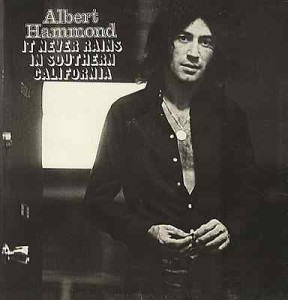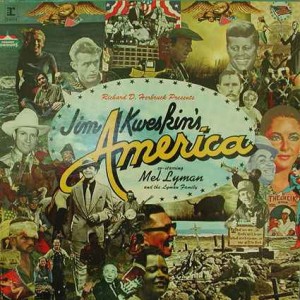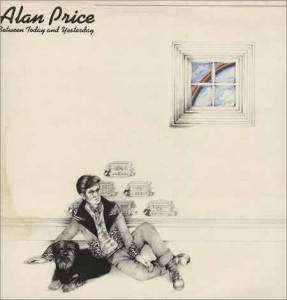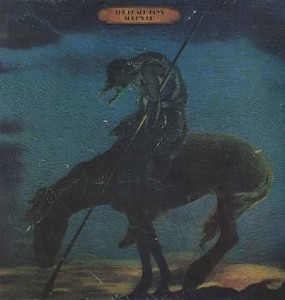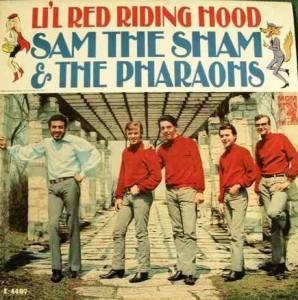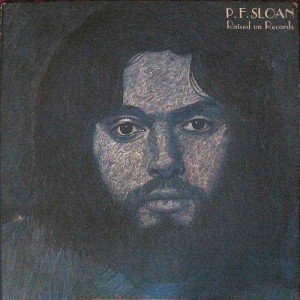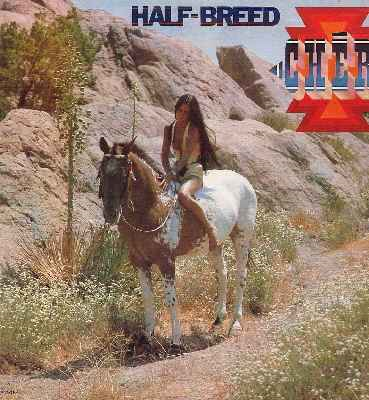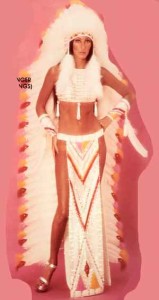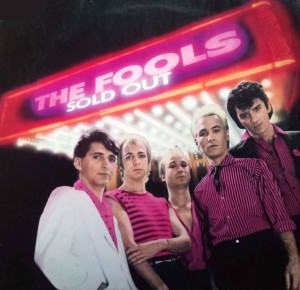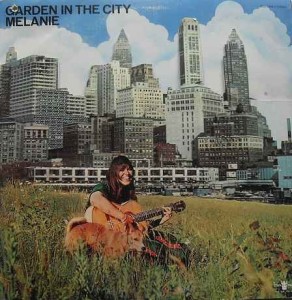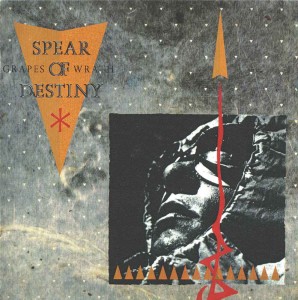Hammond again.
Check out my other comments for Hammond detail.
I came relatively late to Hammond so there are a few albums to listen too but there is no hesitation because they are a joys, of variable proportions.
Hammond is a great songwriter and a complete songwriter. He has enough sense to know that he has to keep his music, lyrics and melody interesting. Too often songwriters fall into a trap where they are forever rehashing their hit sound or, worse, pandering to someone else’s hit sound.
Sure every epoch has its own dominant sound but there is always enough room to move around within that sound allowing you to distinguish yourself and to show your worth, or at least, your individuality.
Hammond is one of those artists.
Across the albums I have heard he works within his preferred instrumented singer songwriter field but he remains quirky by putting in some sharp lyrics and some quirky instrumentation. Rarely do his albums sound the same from first song to the last.
I said this about his next album, “The Free Electric Band” from 1973: “There is much to like about this album. The most obvious points of comparison on the musical scene is Elton John (you can also hear Paul Simon, Jerry Jeff Walker and Leonard Cohen), though here the lyrics are more potent and the themes more coherent. What Elton has is simple though admittedly catchy songs and a nice clean, crisp sound (with Elton's distinct clean vocals) which doesn't date quickly whilst Hammond experiments a bit with instruments and song structure and his themes are darker or more complex. Despite a couple of big hits in the US including a Top 10 (he only had one Top 20 in England for the single "Free Electric Band ( #19)) he never graduated to the fame of Elton. This is a pity because on the back of this album I think we could have used a little more Hammond/Hazlewood and a little less John/Taupin”
I think that applies to this album also though less so.
This is Hammond’s first solo album and he is finding his feet in the singer songwriter field of the 70s. He is looking for an audience, or looking for an audience to please. That’s not to say it’s a bad album because it’s not. There are at least two magnificent (and signature) songs and a couple of other standouts but it just doesn’t allow Hammond to be especially quirky.
Also, it does flow on well to his second album. Most artists have difficulty finding material for their second album after using all up on the first. Hammond doesn’t have that problem, though I suspect if you had grabbed songs from this album and the next you would have one of the best singer songwriter albums ever. As it stands you have two very good albums with their fair share of exceptional tracks.
His songs of love, love lost and (perhaps) a restless life are vivid. He draws from experience and he has the knack of painting aural pictures. This is the boy from Gibraltar, who lives the Mediterranean lifestyle, before globetrotting to grey London and sunny California (and other places in-between). The search for “place” and the people you meet along the way has happened before and since but Hammond is eloquent in his writing.
The album was produced by Albert Hammond and Don Altfeld and was arranged by Michael Omartian. All tracks are written by Albert Hammond and his old band mate from Family Dogg, Mike Hazlewood. Despite the co-write the usual Hammond stylistic touches are clearly evident.
Tracks (best in italics)
- Listen To The World – if Donovan had hung out in the Caribbean then he may sound something like this. Not bad but slight
- If You Gotta Break Another Heart – another bouncy tune. Mama Cass covered it (also in 1972).
- From Great Britain To L.A. – the English musician in search of fame. Cleary autobiographical and quite funny and heartfelt.
We came from Great Britain to L.A.
Where the groups from England play
Swing Auditorium, Hollywood Palladium, Civic Hall
She said she had a house up in the hills
Lived on orange juice and pills
California, sweet California, bless you all!
California tastes so good like coffee should
I can't put it down, but that's not all
If only they had soccer here, Watney's Beer
And the BBC, and the Albert Hall
- Brand New Day – nice but not especially memorable
- Anyone Here In The Audience – more autobiography about the working singer and not unlike something Ray Davies of The Kinks would write. Some country influences have invaded also. Lovely.
- It Never Rains In Southern California – In another comment I had said this: “Anyone who wrote and sang "It Never Rains in Southern California" has to be cut some slack. Surely it's one of the best songs to come out of the California singer-songwriter movement in the early 70s. That it was sung and written by a Gibraltarian (London born) lad is surprising but also testament to the seductive charms of California – sun, sand, sex. London at its most swinging-est never really competed and could not soothe the nerves like the aphrodisiac that is California. Hence the ode to California in Hammond's hit "It Never Rains in Southern California" …get it?”. On listening to the song again I must say, yes it is still catchy with perceptive lyrics, but those lyrics are both cynical and optimistic. It’s still a great song.
- Names, Tags, Numbers & Labels – names, tags, numbers and labels we give ourselves. Familiar singer songwriter lyrical concerns.
- Down By The River – faux bouncy Americana and not unlike Dexy's Midnight Runners
- The Road To Understanding – quite long
- The Air That I Breathe – The Hollies had a big hit with this in 1974 ( #6US, #2UK) but this version is much more complex if not as regal. It was also done by Phil Everly of The Everly Brothers, for his 1973 solo album “Star Spangled Springer”. In the 1990s, Radiohead was successfully sued for plagiarism (for their song "Creep") which has a similar chord progression and melody.
And …
This was his big breakthrough but it’s a little underwhelming. It still better than most …. I'm keeping it.
Chart Action
US
Singles
1972 It Never Rains In Southern California The Billboard Hot 100 #5
1972 It Never Rains In Southern California Adult Contemporary #2
1972 Down By The River The Billboard Hot 100 #91
1972 Down By The River Adult Contemporary Chart #38
1973 If You Gotta Break Another Heart The Billboard Hot 100 #63
Album
1973 #77
England
Singles
1972 It Never Rains in Southern California #51 (apparently – some sources do not list it)
Album
—
Sounds
From Great Britain To L.A.
MP3 attached
Albert Hammond – From Great Britain to LA
It Never Rains In Southern California
live
http://www.youtube.com/watch?v=-pyC7WnvLT4
recently
http://www.youtube.com/watch?v=JLqCOsywvts
unplugged
http://www.youtube.com/watch?v=PjG2p9gxPPo
The Air That I Breathe
http://www.youtube.com/watch?v=9HglphdXqMg
Others
http://www.youtube.com/watch?v=fvKlUfVb90Y
in Spanish
http://www.youtube.com/watch?v=QcBlyxDAfDw
http://www.youtube.com/watch?v=XvevInEzo1k
Review
http://www.allmusic.com/album/it-never-rains-in-southern-california-mw0000091292
http://en.wikipedia.org/wiki/It_Never_Rains_in_Southern_California_(album)
Bio
http://en.wikipedia.org/wiki/Albert_Hammond
http://www.allmusic.com/artist/albert-hammond-mn0000933781/biography
Website
Trivia
- His son, Albert Hammond, Jr., is a solo musician and also a member of The Strokes.

